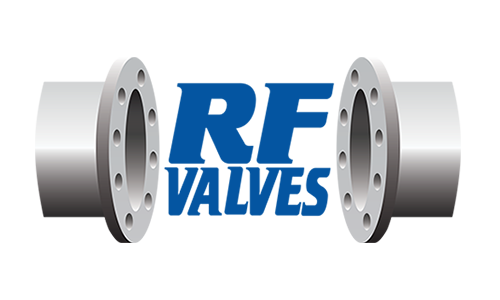Silver Solution Valves is the African Distributor for Various Valve requirements.
Globe Valves
We also Distribute Globe Valves, There are three primary body designs for Globe valves, namely: Tee Pattern or Z-body, Angle Pattern and Y-body body. Tee Pattern Globe valve design is the most common body type, with a Z-shaped diaphragm.
Steam traps
Stockist of Steam traps can be split into four major types:
-
Mechanical traps
They have a float that rises and falls in relation to condensate level and this usually has a mechanical linkage attached that opens and closes the valve. Mechanical traps operate in direct relationship to condensate levels present in the body of the steam trap. Mechanical steam traps have a typical service of life of 3-4 years. Inverted bucket and float traps are examples of mechanical traps.[3] Float traps are classified into “free ball float traps” and “lever ball float traps”.
-
Temperature traps
They have a valve that is driven on / off the seat by either expansion / contraction caused by temperature differ from mechanical traps in that their design requires them to hold back some condensate waiting for it to cool sufficiently to allow the valve to open. In some exceptional circumstances this is not desirable if condensate needs to be removed as soon as it is formed. According to best practices to save energy and reduce CO2 emissions, in most of applications (like tracing lines) it is universally accepted that condensate must be removed 40 °C (104 °F) below saturation temperature. This best practice is only possible by using temperature operated traps. Temperature Control (TB) traps, Thermostatic traps, Bi-Thermostatic traps and bimetallic traps are examples of temperature operated traps.
-
Thermodynamic (TD) traps
Thermodynamic traps work on the difference in dynamic response to velocity change in the flow of compressible and incompressible fluids. As steam enters, static pressure above the disk forces the disk against the valve seat. The static pressure over a large area overcomes the high inlet pressure of the steam. As the steam starts to condense, the pressure against the disk lessens and the trap cycles. This essentially makes a TD trap a “time cycle” device: it will open even if there is only steam present, this can cause premature wear. If non-condensable gas is trapped on top of the disc, it can cause the trap to be locked shut.

Ball Valves
We are the No1 Distributor of Industrial Valves like ball valves, Gate valves, globe valves, control valves in the Western Cape.
A ball valve is a form of quarter-turn valve which uses a hollow, perforated and pivoting ball to control flow through it. We hold various Bronze Screwed, Cast Steel and Stainless Steel Flanged Ball Valves on hand.
It is open when the ball’s hole is in line with the flow and closed when it is pivoted 90-degrees by the valve handle.[1] The handle lies flat in alignment with the flow when open, and is perpendicular to it when closed, making for easy visual confirmation of the valve’s status.[2] The shut position 1/4 turn could be in either CW or CCW direction.
Check Valves for Back flow Protection
The three types of check valves available are:
-
Swing Check Valve
A hinged disc assembly is suspended from the body to allow it to move freely. This configuration minimizes pressure loss and eases fluid flow. Swing check valves can be used for either horizontal or vertical (fluid flowing upward) pipe layouts.
-
Lift Check Valve
The structure of the lift check valve is the globe valve without the handwheel and any parts which related to manual operation. And have the cover in lieu of the bonnet. Because of its large fluid resistance, this valve is used primarily for small-bore applications.
-
Wafer Check Valve
Thanks to its wafer shaped design, this swing check valve is far thinner and lighter than conventional water hammer absorbing check valves. It features a built-in bypass circuit and superior closing action and is multifunctional high performance water hammer absorbing check valve.
STRAINER
A strainer is only one type of filter. Strainer uses a perforated plate or screen mesh to remove larger particles from a process stream. …
A strainer is used to protect other downstream equipment (e.g., pumps, instrumentation) from damage by rogue junk. A filter is employed to separate particles from the fluid
Gate Valves
Also a distributor for Gate valves, Cast Iron, Cast Steel, Stainless Steel or Bronze type, can be divided into two main types: Parallel and wedge-shaped. The parallel gate valves use a flat gate between two parallel seats, and a popular type is the knife gate valve designed with a sharp edge on the bottom of the gate
Types of Gate Valves:
- Solid taper wedge.
- Flexible wedge.
- Split wedge or Parallel disks Valve.









